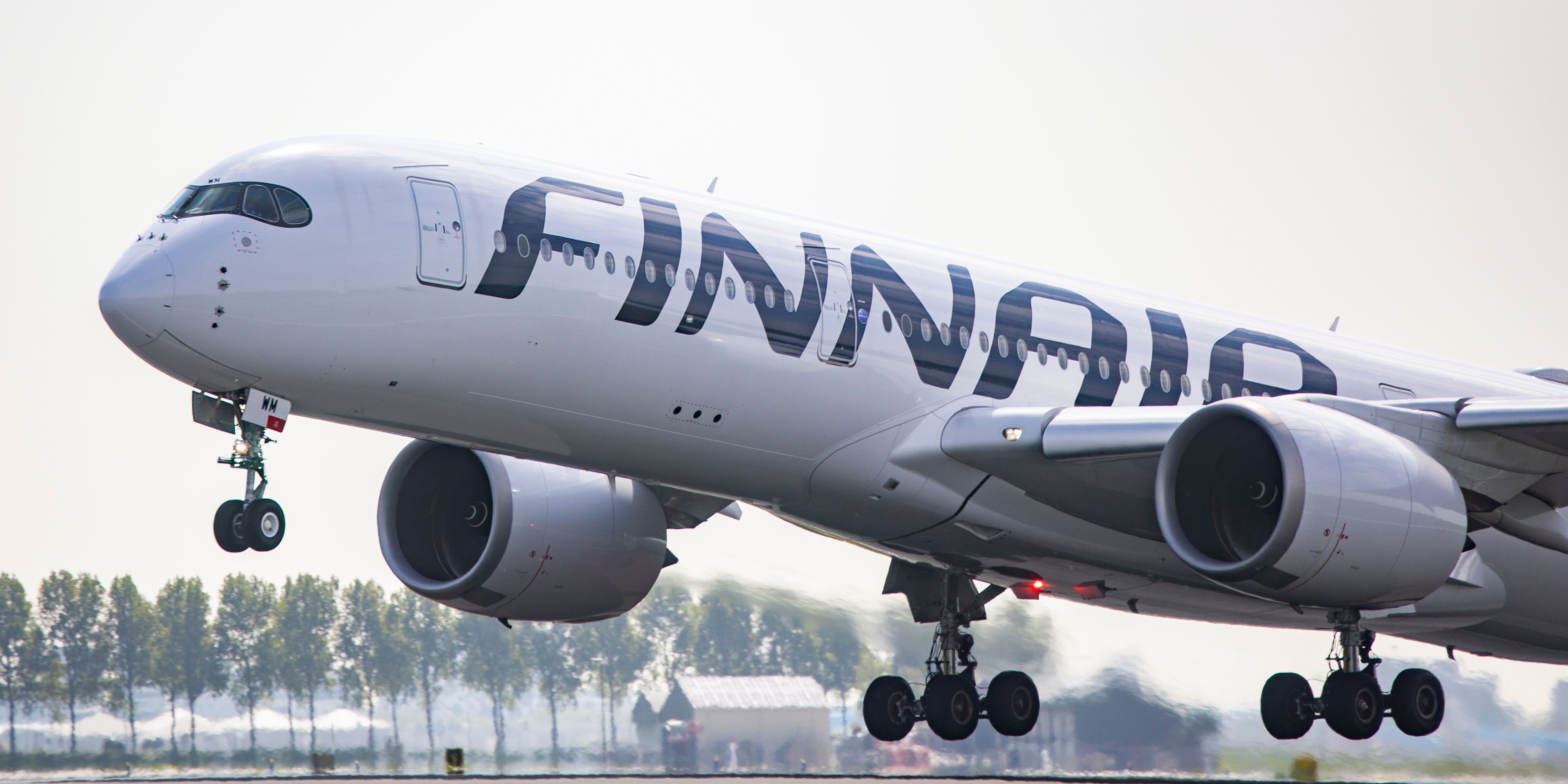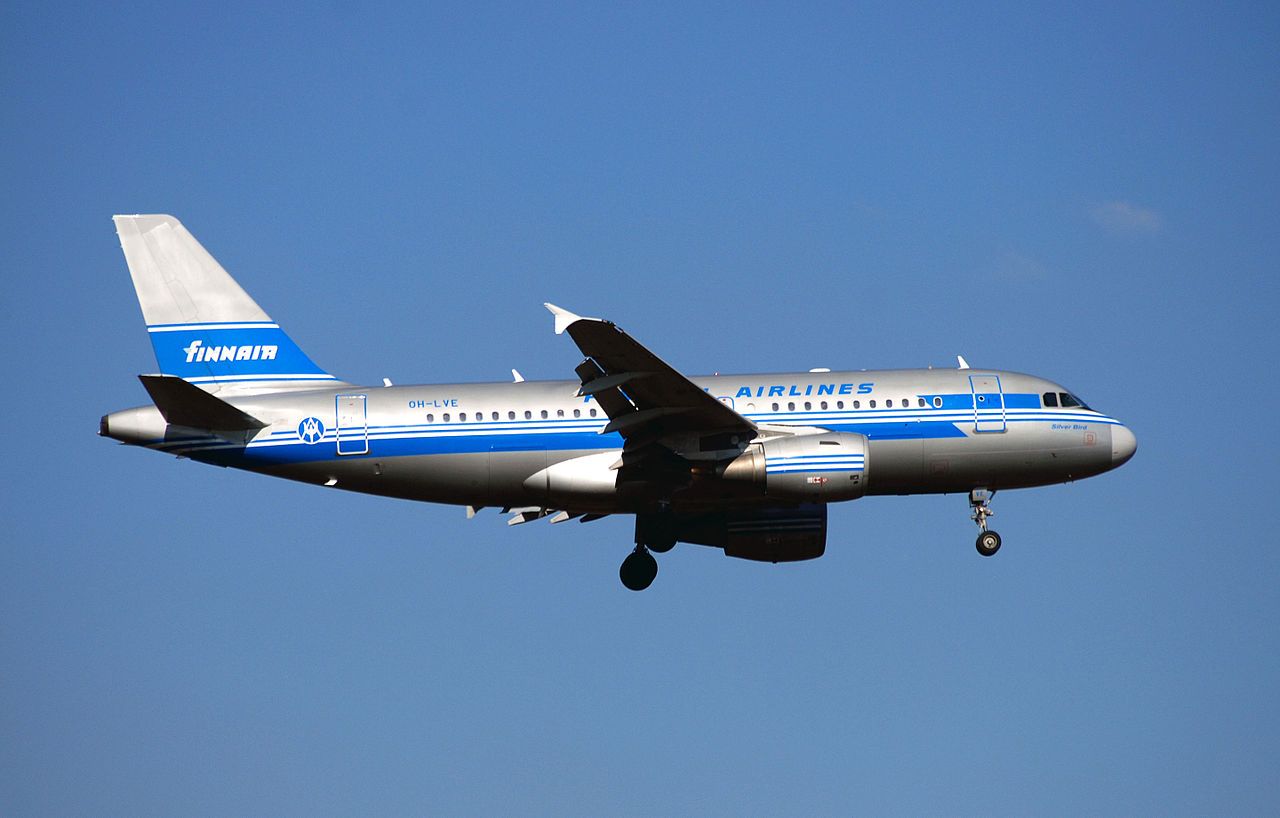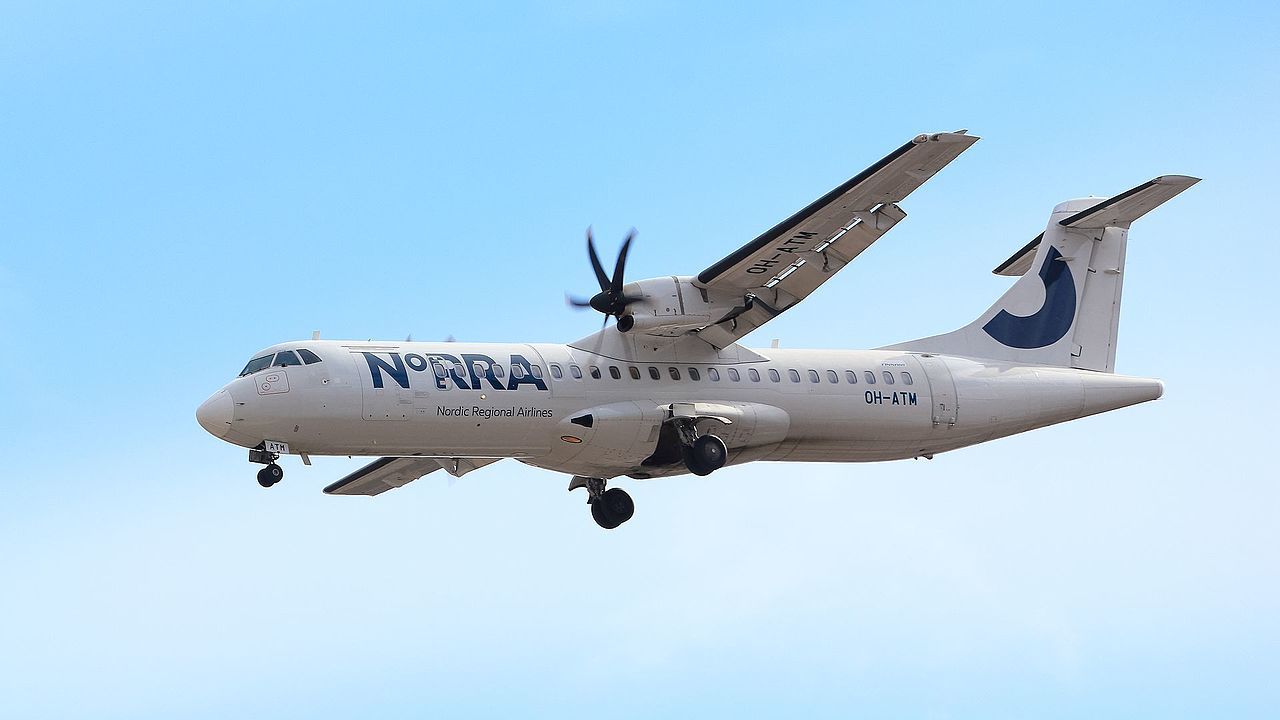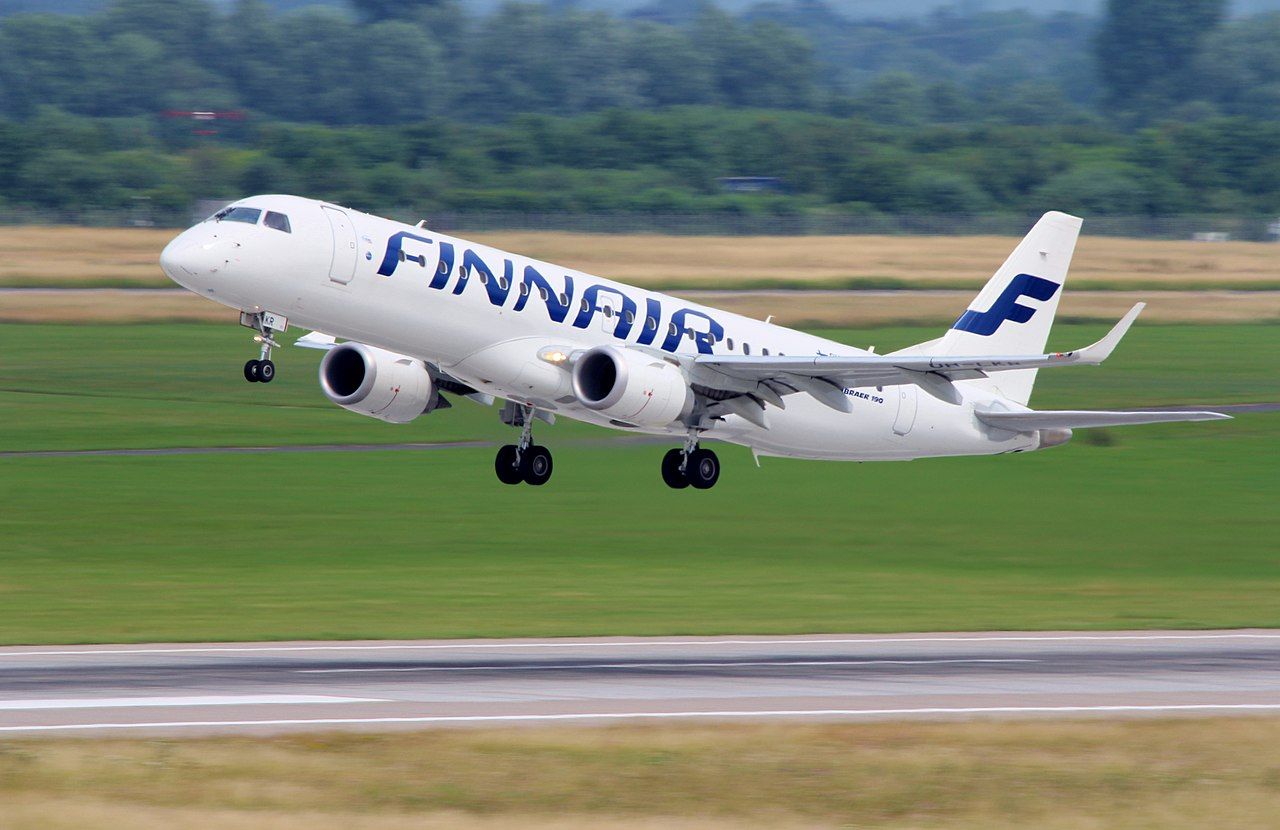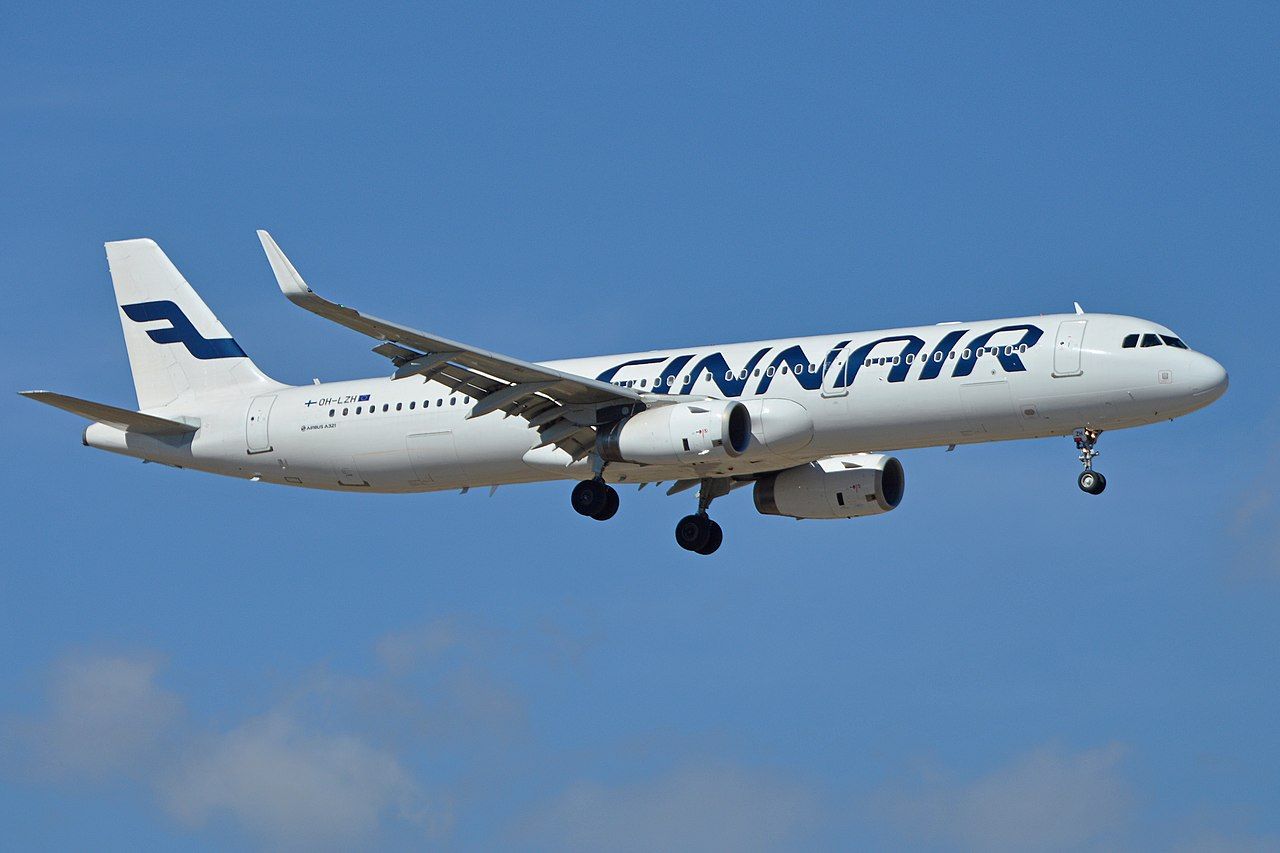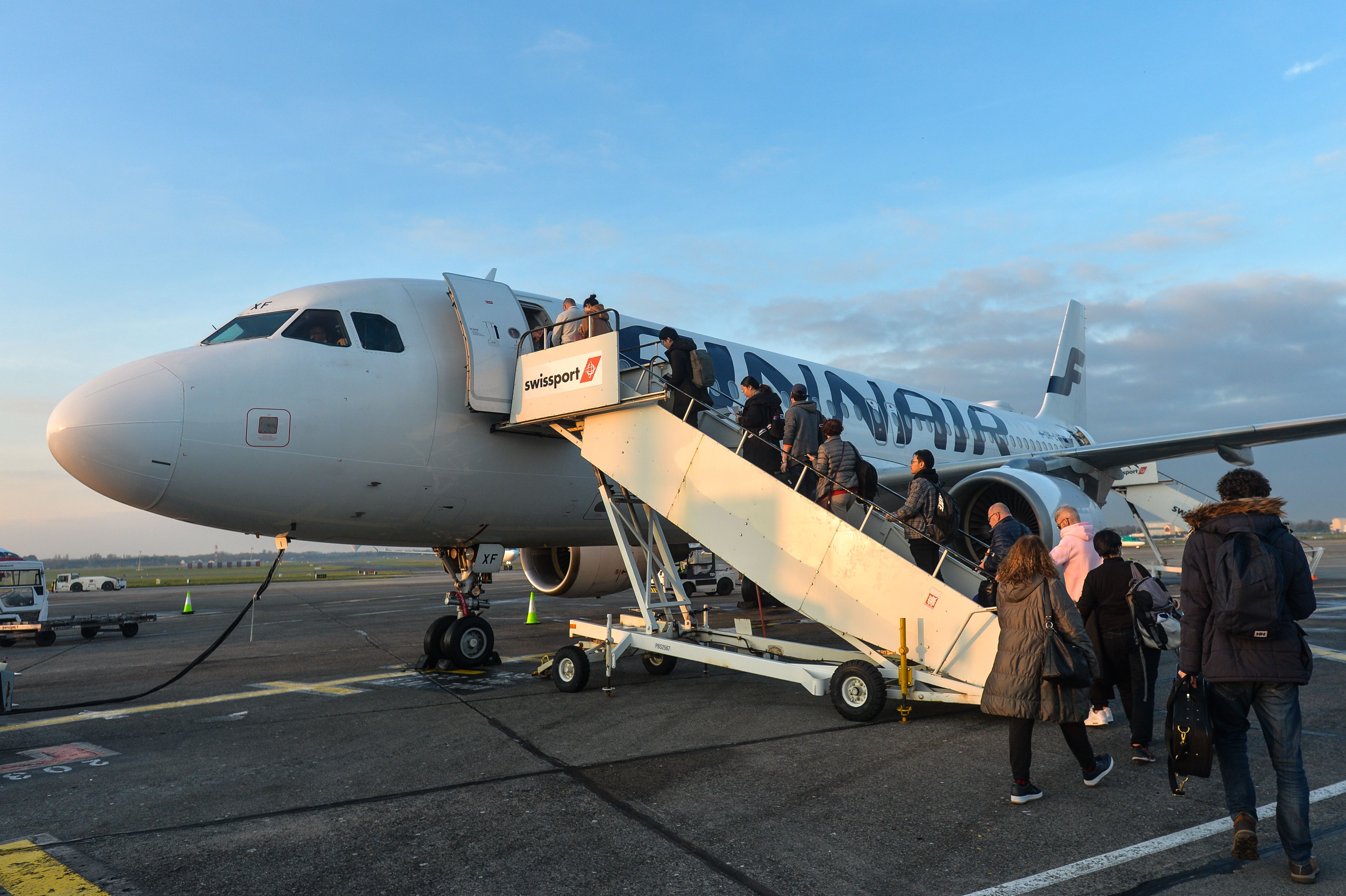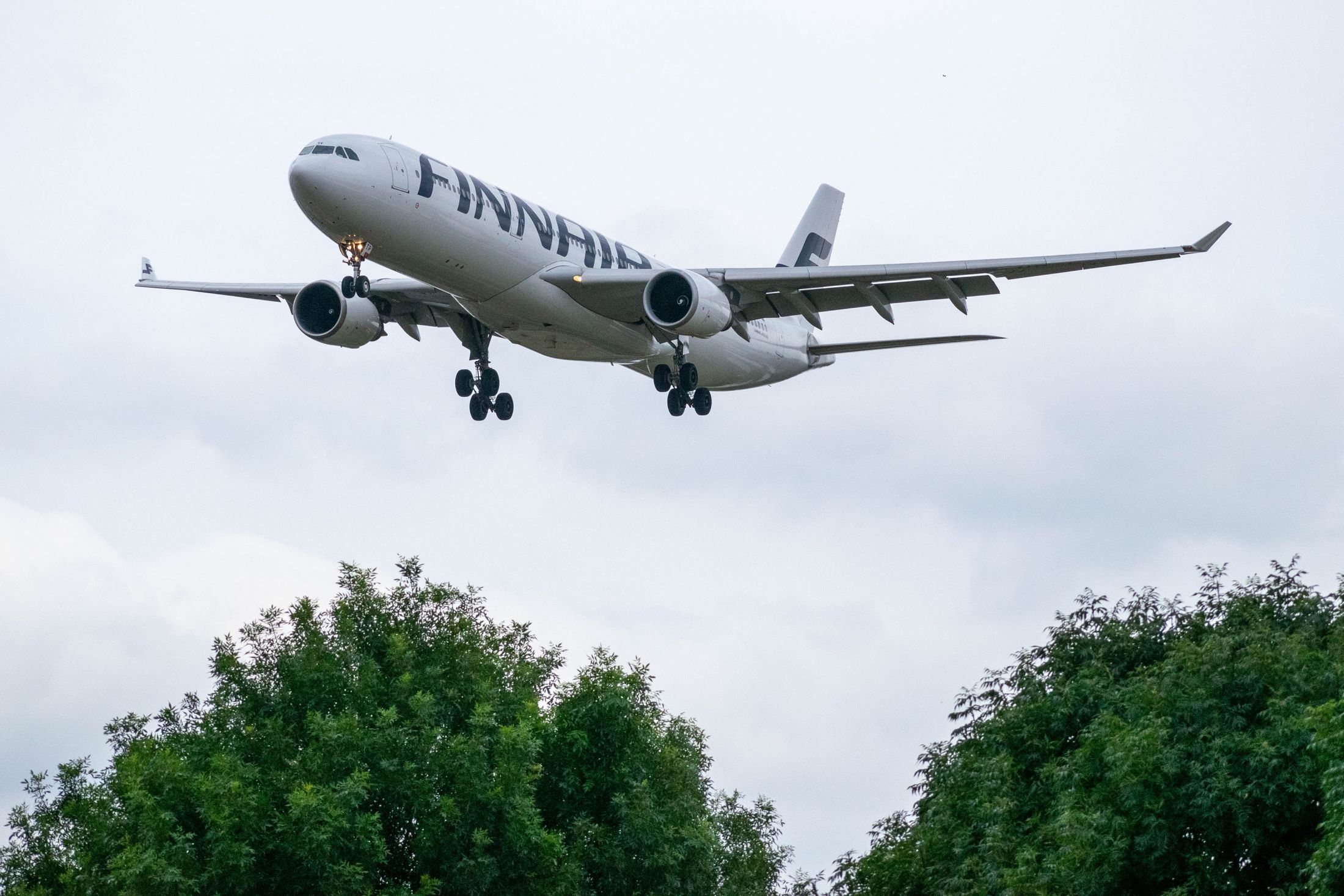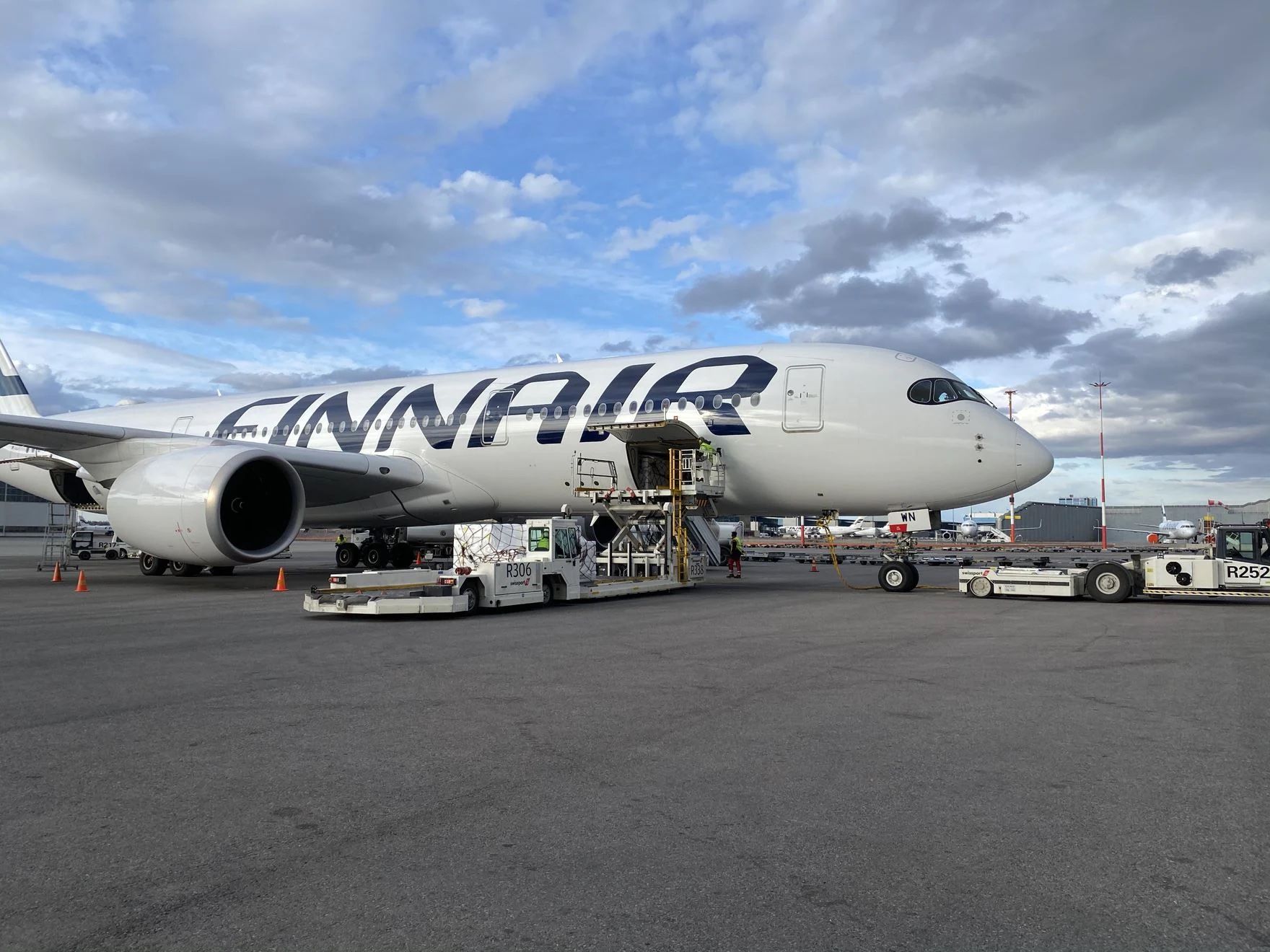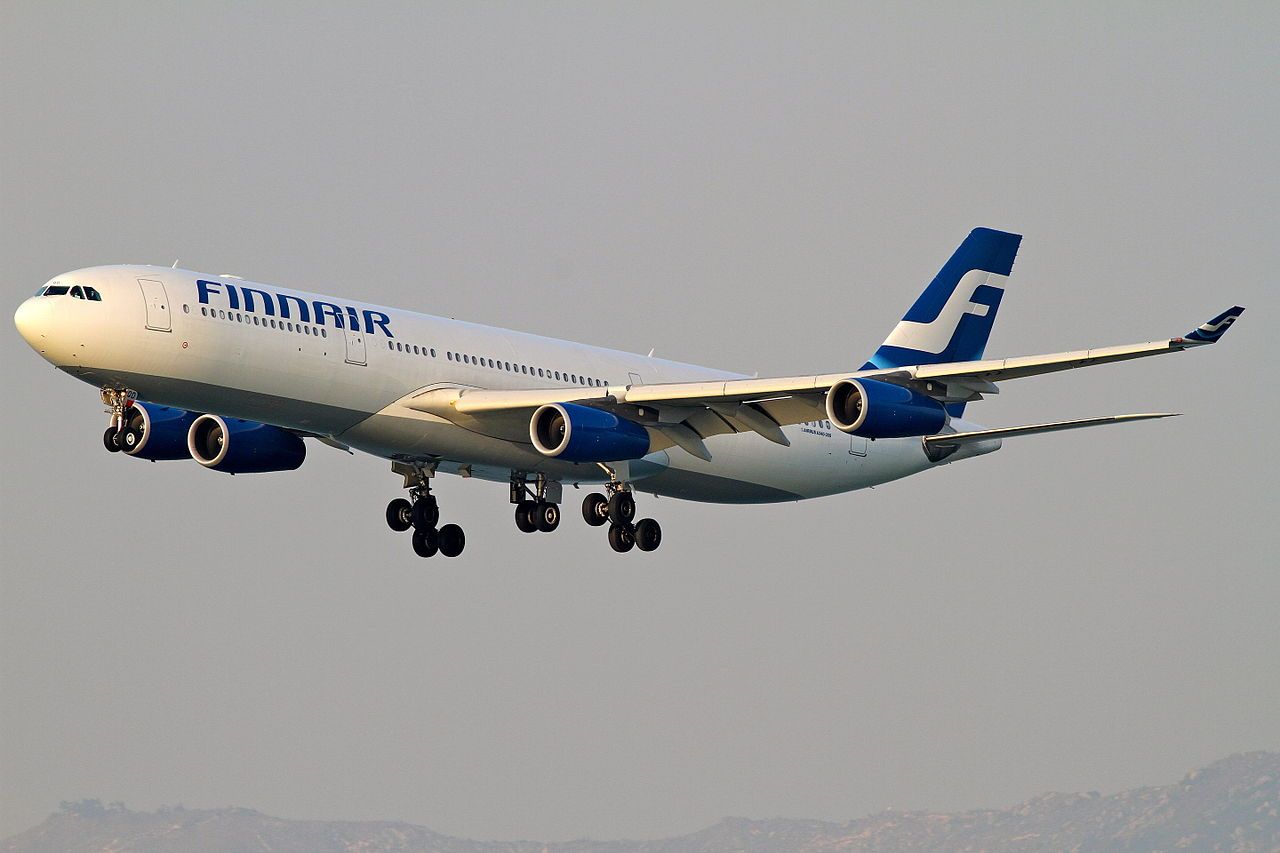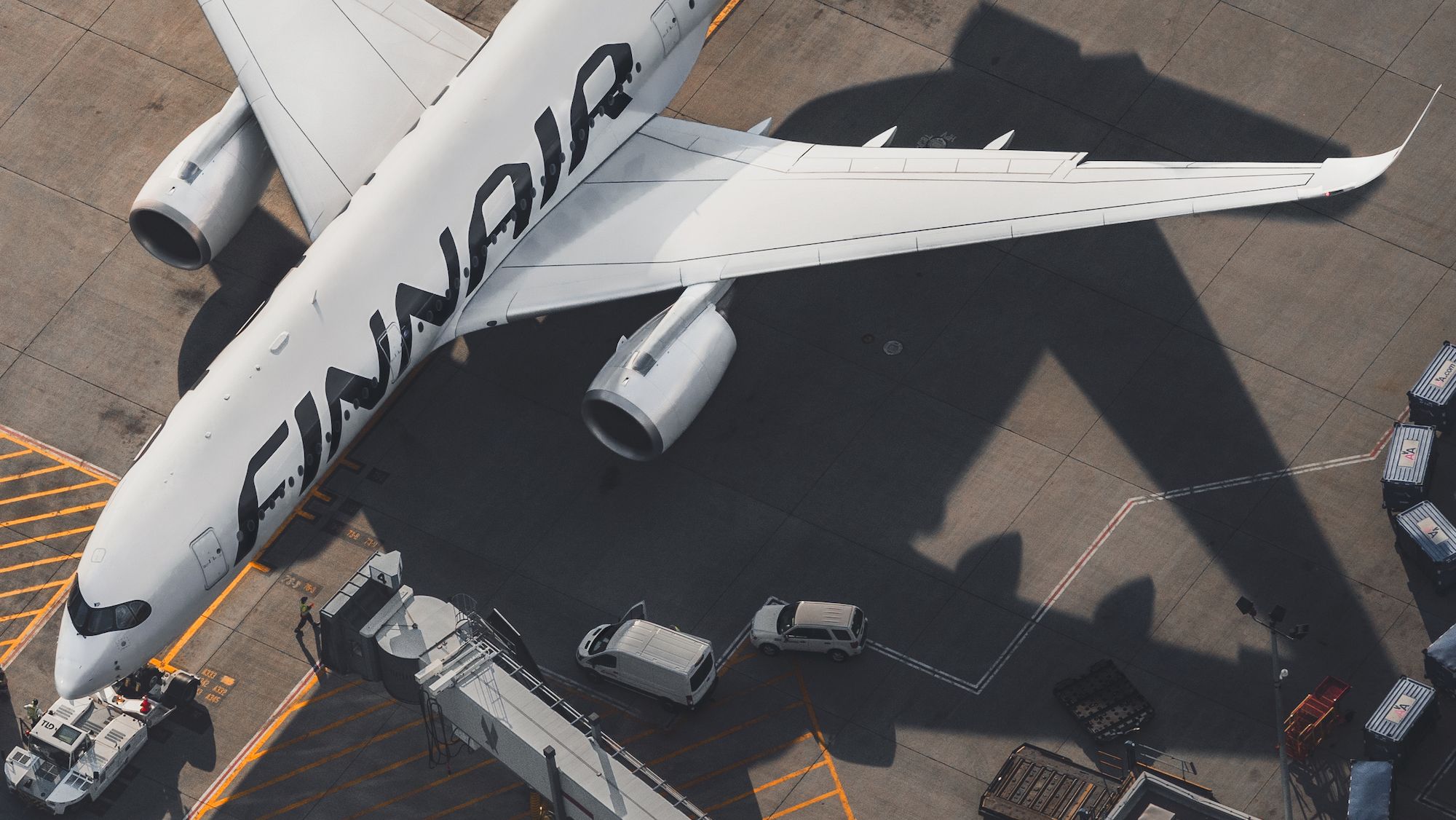Just over 99 years old now, Finnair operates a mix of narrowbody and widebody aircraft for its intra-Europe and intercontinental operations. At the moment, the Finnish carrier has 56 jets in its mainline fleet with another 24 aircraft supporting its regional operations. Today, we take a deep dive into the fleet of Finnair, examining how it has changed in recent years and how current political events have affected the airline’s ability to perform.
The Finnair mainline fleet at a glance
So at a glance, the Finnair all-Airbus mainline fleet breaks down into the following types and quantities.
- Six A319-100s with an average age of just over 21 years
- 10 A320-200s averaging about 20 and a half years
- 15 A321-200s which average eight and a half years
- Eight A330-300s with an average age of just over 13 years
- And finally, we have the flagship A350-900. These 17 aircraft average just over five years
Interestingly, Planespotters.net data indicates that the airline has removed a number of aircraft as a result of the pandemic. This includes four A321s in March 2020, and two A319s later that same year.
Norra: Finnair's regional operator
While our main focus will be on Finnair's mainline fleet, it's good to mention that the carrier's regional operations are carried out by Nordic Regional Airlines - more commonly referred to as "Norra."
Norra operates 12 ATR72s and 12 E190 aircraft for Finnair. The ATR turboprops mainly service many domestic airports within Finland as well as destinations across the Nordics the Baltics. The Embraer E190s fly to destinations as close as Tallinn in Estonia, but also travel as far away as Dublin and Nice!
One last note about regional services is that, in addition to offering ATR72 services from Helsinki to Turku and Tampere, the carrier also has bus services to the two Finnish cities. Having commenced in Spring 2022, flying from Helsinki to these cities often takes less than half an hour. Offering bus service as an option, a Finnair executive noted that the goal was to "offer travelers the opportunity to reduce their carbon footprint by switching to a bus connection." The services act very much like connecting flights as Finnair also guarantees an onward connection to the booked destination, even in the event of a possible disruption in the bus connection.
Get all the latest aviation news right here on Simple Flying
The A320 family
Like many European carriers, Finnair uses its A320 family aircraft for its intra-Europe services, connecting Helsinki to destinations as far away as Reykjavik, Tenerife, and Tel Aviv.
Circling back to the four Airbus A321s that were removed from service in 2020. While they may no longer be shuttling passengers across Europe, they will still be flying - just in a different capacity. In early 2022, the airline told Simple Flying that the retired aircraft would be converted to freighters. All four aircraft were sold to new owners, who planned to sell the engines to resellers and transform the fuselage to be fit for cargo operations. The most recent data from Planespottesr.net indicates that most of the aircraft have been dispersed to several sites for conversion. Under SmartLynx and SmartLynx Malta registrations, these gets are scattered in places like Wichita (Kansas), Lake City (Florida), and Guangzhou (in China). The fourth aircraft has been parked in Karlovy Vary in Czechia for most of November, although it's uncertain if any work has been undertaken on this aircraft.
When the news of the intended conversion emerged, the airline said in a statement,
“Finnair are saying goodbye to four of their oldest Airbus A321 aircraft – three of which are the oldest aircraft in the Finnair fleet. These jets have reached the end of their economic life cycle, after carrying customers for a combined total of nearly 90 years. Finnair has mainly used these planes for short-haul flights in Europe, and the retirement of these aircraft will lead to a reduction in the average age of the Nordic carrier’s fleet – helping to reduce their carbon emissions and improve fuel efficiency.”
Over the past summer, the carrier boosted its short and medium-haul capacity by wet-leasing an additional Airbus A320. Coming from Danish charter airline DAT, the aircraft operated a Helsinki-Copenhagen service over the summer. Then, between July and October the aircraft was deployed on services from Helsinki to Oulu and Lisbon.
Loaning out aircraft
Due to closures in Russian airspace and restricted Asian markets, Finnair has found creative ways to keep its aircraft flying and generating revenue.
In May of this year, the airline found other uses for four of its active A321s. These jets, as well as Finnair pilots and cabin crew, operated for fellow oneworld alliance member British Airways over 20 routes over the summer. While the aircraft and personnel belonged to Finnair, onboard products were British Airways-branded.
On the widebody side of operations, Finnair had a surplus of aircraft and managed to find an opportunity with Eurowings to compensate. With one of the airline's primary long-haul markets being Europe to Asia, the airline was impacted by China and Japan being closed to inbound tourism (with the former still seeing tight restrictions). So, in thinking outside the box, Finnair leased some of its widebodies to Eurowings Discover to support the German carrier's continued expansion. Airbus A330s were initially reported as being the type chosen for this deal, but it eventually turned out to be the airline’s flagship A350s.
Leasing three Airbus A350s to deploy on six routes, the aircraft were registered OH-LWA, OH-LWB, and OH-LWG. Eurowings Discover flew some of these aircraft out of Frankfurt to cities like Tampa, Las Vegas, Calgary, and Halifax - while also placing a jet in Munich for services to Montreal and Las Vegas.
Get the latest aviation news straight to your inbox: Sign up for our newsletters today.
The Airbus A330 and A350: Finnair's long-haul workhorses
Finnair has been operating its A330-300s since 2009 and its A350-900s since 2015. Naturally, these aircraft are used for longer routes, with service to North America, the Middle East, and Asia.
These days, you'll find the A350 flying out of Helsinki to cities like Bangkok, Dallas, Los Angeles, Phuket, Singapore, Tokyo and more. As for the A330, the type flies from Helsinki to cities like Delhi, Dubai, Mumbai, and New York. Interestingly, Finnair has been operating long-haul services from both Copenhagen and Stockholm to Doha - clearly to support FIFA World Cup-related travel.
Another interesting point is that Finnair has deployed its widebodies on a handful of short, intra-Europe routes. Over the summer, the airline used its A330s and A350s to connect Helsinki with Heathrow, Brussels, and Amsterdam. These days, it looks like London is the only European route served by widebodies, with both the A330 and A350 operating flights AY1331/1332 daily.
Impacted by Russian airspace closure
2022 has been a turbulent year for many European airlines. Already recovering from the impact of COVID, airspace bans related to Russia's invasion of Ukraine have hampered the operations of many carriers, including Finnair. In a September statement, the airline explained that the closure of Russian airspace has weakened its ability to be profitable. This is because its flights to certain Asian destinations have been made somewhat longer due to the inability to access the Siberian corridor. This has resulted in higher operating costs and even temporary route suspensions.
Finnair has come to terms with the fact that it will need to find a way to return to profitability regardless of the airspace closure, mentioning "significant structural renewal," as one method of coping. More specifically, the airline will look for a "reduction of the fleet to optimize for the go-forward network." Commenting on the strategy change, Finnair CEO Topi Manner stated:
"The changes in our operating environment require a new strategy and significant renewal of Finnair, especially related to costs. We have, however, an excellent foundation to build on: our excellent, differentiating product, strong safety culture, strong brand, high-quality execution capabilities, commitment to sustainability, and track record of adapting and renewing ourselves."
At the moment, the airline has five of its mainline aircraft listed as parked by Planespotters.net. This includes two A321s, two A330s, and one A350.
No more Airbus A340s
A big change for Finnair over the last few years was the retirement of its Airbus A340-300 fleet. First ordered back in 2005, the A340-300 was meant to be a bridge between the retirement of Finnair's MD11s and the introduction of its A350-900s. Speaking about the airline's A340 order, Jukka Hienonen, Finnair CEO at the time, stated:
"This is the biggest fleet modernization in Finnair's history. The decision reflects our confidence and commitment to our Asian growth strategy,"
Finnair took seven A340-300s between 2006 and 2011. Six of them were delivered brand new but the first, OH-LQA, came to Finnair via Virgin Atlantic. After some nine years of faithful service, the airline retired its first Airbus quadjet in 2015. Its final A340 was officially removed from the fleet in January 2017.
Despite now having a more efficient and modern fleet of jets, it's clearly a challenging time for Finnair and its 56 mainline aircraft. Hopefully, the airline will manage to find more opportunities to lease out its aircraft as the Russian airspace ban persists - or else find destinations and markets to serve that won't require travel through this important corridor.
Have you flown with Finnair before? Which aircraft have you flown on with this airline? Share your experiences by leaving a comment!
Sources: Planespotters.net, FlightRadar24.com

